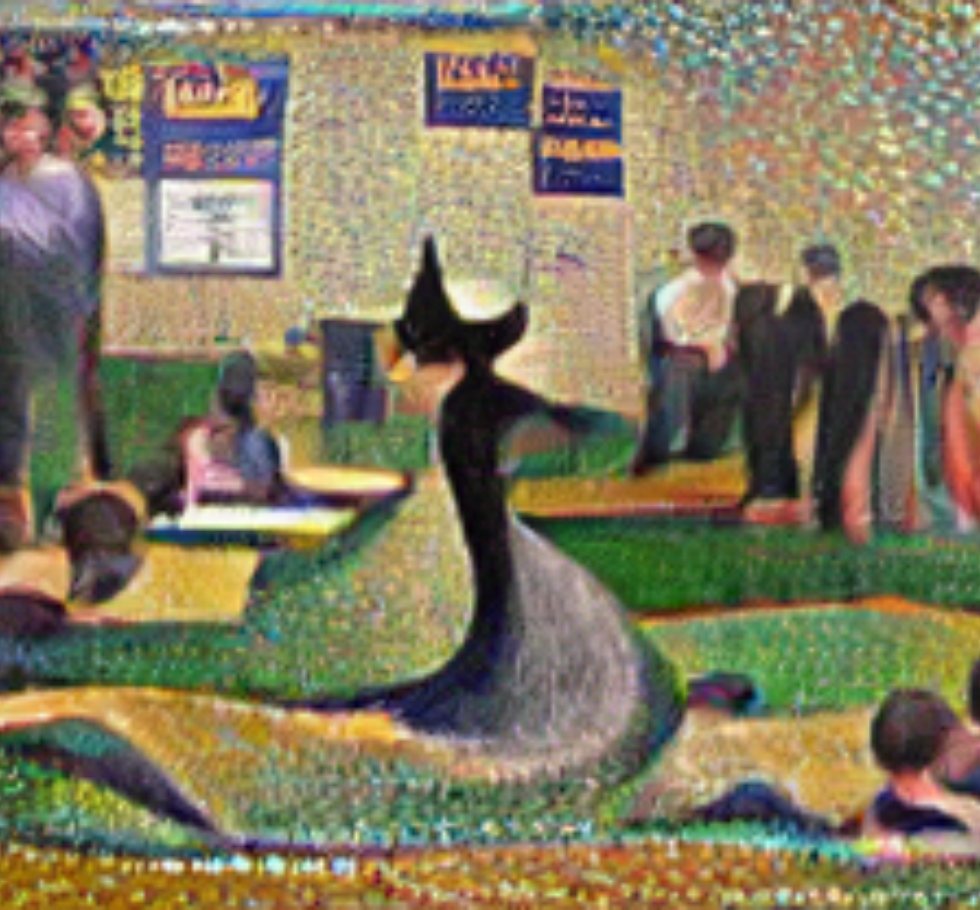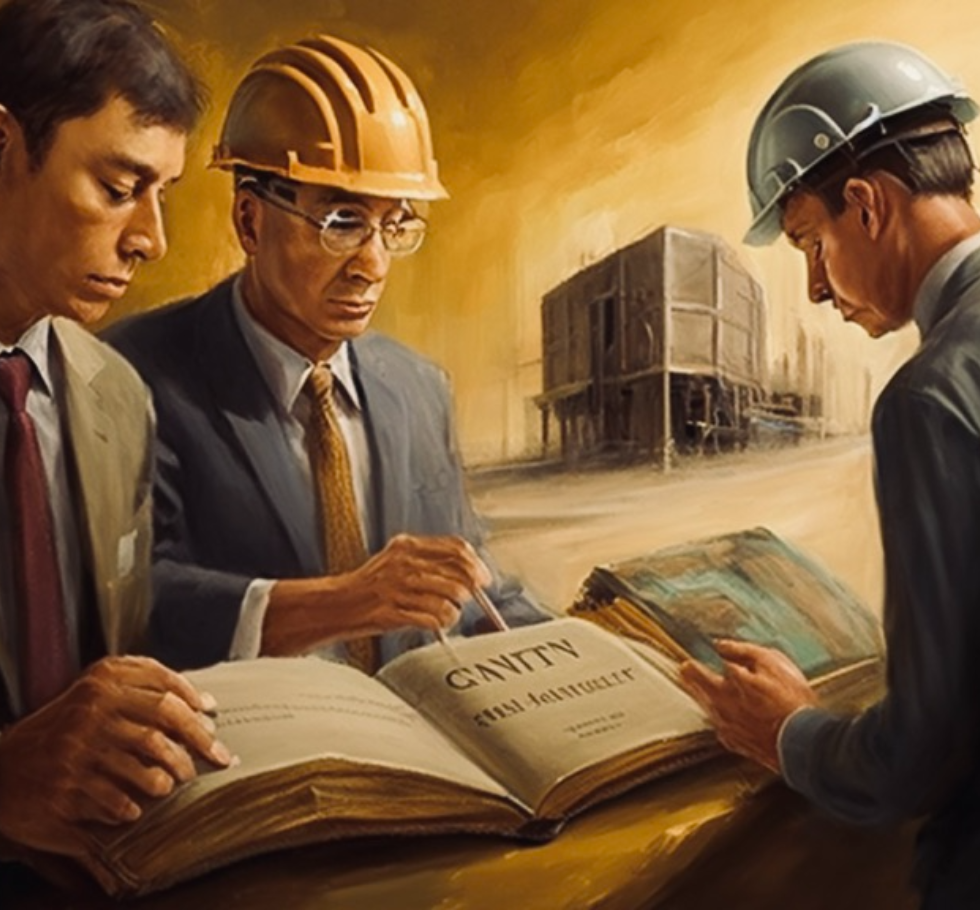Capital infrastructure projects involving railroad property and right of way can be a complex and challenging endeavor. While these projects are crucial for enhancing safety, reducing congestion, and improving transportation systems, they often face hurdles related to collaboration with railroads. Along the I-35 corridor in Central Texas, this largely involves Union Pacific (UP). In this article, we will explore the challenges cities and counties may encounter when working with Union Pacific and offer strategies to improve collaboration and expedite projects, particularly at railroad crossings.
The Challenges of Working with Railroads
Regulatory Compliance: Union Pacific operates under strict federal and state regulations, making it essential for cities to navigate a complex web of compliance requirements. Ensuring that infrastructure projects adhere to these regulations can be time-consuming and costly.
Property Rights and Easements: UP owns extensive railroad property and right of way, which can complicate land acquisition and easement negotiations for city projects. Balancing the interests of both parties can be challenging.
Safety Concerns: Railroad crossings present inherent safety challenges. Any modifications or upgrades must meet UP’s stringent safety standards, often requiring extensive design and engineering work.
Communication Barriers: Effective communication between city officials, consulting firms, and Union Pacific is essential for project success. However, miscommunication or a lack of clarity can lead to delays and misunderstandings.
Bureaucracy and Red Tape: Large, heavily regulated organizations like UP can be bogged down by federal and internal bureaucratic processes. Obtaining approvals and permits can be a slow and cumbersome process, hindering project progress.
Strategies for Better Collaboration
Early Engagement: Begin discussions with UP as early as possible in the project planning phase. This allows for better alignment of goals and expectations and can help identify potential issues before they become major roadblocks. The UP Railroad Public Projects Manual outlines requirements for ROW/ and projects on railroad property are available on their website.
Establish a Dedicated Team: Both the city and Union Pacific should designate a team or point of contact responsible for the project. Contracting with a project management consulting (PMC) firm to represent the municipality and work with UP ensures dedicated, clear, and consistent communication throughout the project’s lifecycle.
Understand Regulatory Requirements: Familiarize yourself with the regulatory framework governing railroad infrastructure projects and UP policies and process. This knowledge will help streamline compliance efforts and avoid costly mistakes. PMCs can be valuable in mapping and managing these procedures on the municipality’s behalf.
Negotiate Easements Early: Start negotiating property rights and easements well in advance. Having agreements in place early can prevent delays during the construction phase.
Safety as a Priority: Prioritize safety considerations from the outset. This includes conducting safety assessments, adhering to UP’s safety standards, and involving relevant experts in the project design.
Transparency and Consistency: Maintain open and transparent communication with Union Pacific throughout the project. Consistency in messaging and documentation is key to building trust.
Consulting Firm Expertise: Utilize consulting firms with knowledge in navigating Union Pacific collaborations. These firms and their teams of PMCs can offer valuable insights and connections to facilitate smoother project execution.
Fast-Tracking Railroad Crossings at Grade
Fast-tracking projects like railroad crossings at grade requires a proactive approach and strong collaboration. Here are some additional strategies:
Pre-Approved Designs: Work with Union Pacific to establish a set of pre-approved crossing designs. This can expedite the review and approval process for future projects.
Design-Build Contracts: Consider design-build contracts that involve both the design and construction phases under a single entity. This can streamline decision-making and project execution.
Funding and Incentives: Explore funding opportunities and incentives at the federal and state levels to support railroad crossing projects. These funds can help accelerate construction.
Public-Private Partnerships: Collaborate with private entities to share the financial burden and expertise required for grade crossing projects.
Collaborating with Union Pacific on capital improvement bond infrastructure projects presents unique challenges, particularly when it comes to railroad crossings. However, by understanding the regulatory landscape, prioritizing safety, and fostering clear and consistent communication, cities can work more effectively with Union Pacific to expedite these critical projects. With proactive planning, a commitment to collaboration, and the dedication of PMCs, the transportation infrastructure of cities can be improved while ensuring the safety and efficiency of railroad operations.
At Front Line Advisory Group, we are pioneers in Capital Improvement Bond Management, leveraging unparalleled expertise and deep industry insights. Our mission extends beyond consultation – we empower our clients to realize the full potential of their investments, ensuring tax dollars are put to maximum use through astute Program Management Consulting. For more information or to commence your journey towards transformative bond management, reach out to us at info@frontlineadvisorygroup.com












